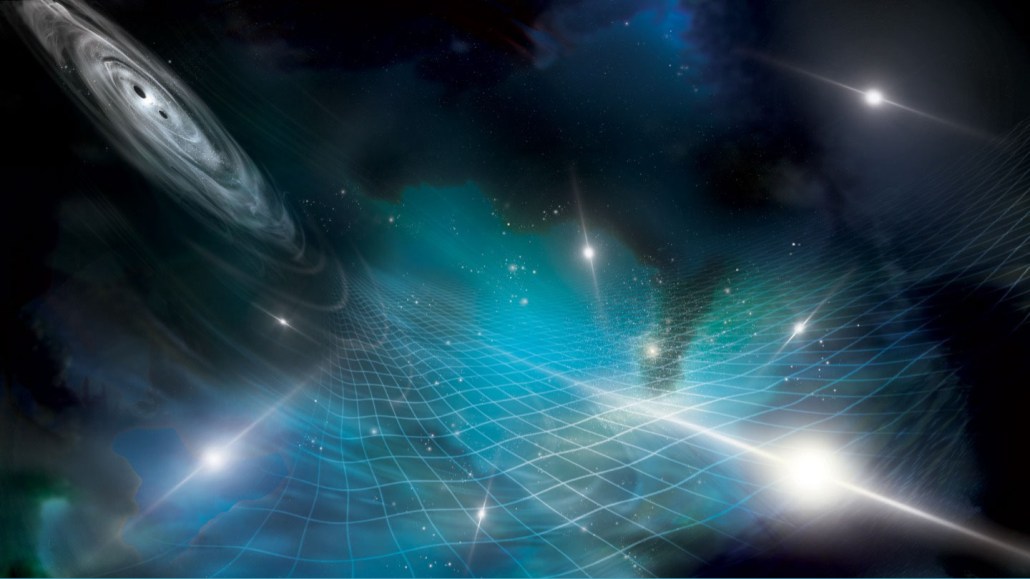Questions for ‘Newfound gravitational waves may be from the biggest black holes in the universe’

Dead stars called pulsars (illustrated) emit beams of radio waves. As pulsars spin, their beams of radio waves sweep past Earth like clockwork. Gravitational waves from supermassive black-hole pairs (upper left) are thought to ripple the fabric of spacetime, subtly altering the pulsars’ timing.
Aurore Simonnet/Sonoma State University, NANOGrav